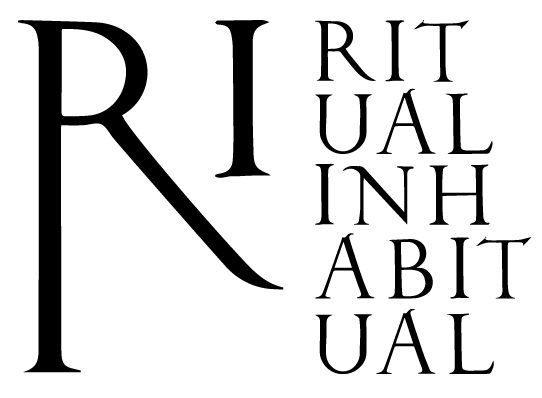RAPANUI (WORK IN PROGRESS)
Click on the image to see it in detail
MIRROR ISLAND
Rapa Nui is an island in the middle of the Pacific Ocean. It is one of the most isolated inhabited territories in the world.
What we think we know about this island's past sometimes resembles a science fiction movie: People came from elsewhere with their animals, they created a civilization, based their political structure around a religious cult, overexploited the island's natural resources in the construction of their idols, suffered a food crisis due to overpopulation of a territory increasingly reduced, faced a drought, political crises, killed each other, and disappeared, leaving behind them a form of writing that no one today can decipher.
This island of a thousand questions seems to hold very few of the answers. What is inside these men and women who have suffered from successive waves of French, Peruvian and then Chilean entrepreneurs who came to enrich themselves by plundering the archaeological heritage, subjecting them to slavery and then raising sheep, or extracting nitrate?
The mystification of the past and the over-exploitation of tourism and folklore identity, only accentuate our ignorance and contribute to making access to the understanding of this island difficult. After all the superimposed scientific theories, only the image remains.
The landscapes and plants that have been photographed in Trichromy* are part of the multiple layers of answers to the enigmas of the island. Whether cultural, spiritual or political, these answers are prisms of subjective reality, like the filters used in this photographic process. The result is a multiple image that escapes the purely documentary truth.
The pictures have unreal colours. In them, the plants that have survived the irrepressible erosion are witnesses of the changes taking place in the territory. Perhaps they also embody the heritage that the island's inhabitants have not completely forgotten: the medicinal power of plants.
What do the stones, plants and volcanoes of this island tell us about the possibility of our own disappearance? How does the micro history of this island fit in with the fears of today's society?
*La Trichromie is one of the first colour processes dating back to 1868.
The result is obtained by superimposing three successive black and white shots through three colour filters: blue, green and red.
Click on the image to see it in detail
PLASTIC ISLAND
Following our trip in 2018, we thought about creating a photographic narrative that links two key elements for understanding the past and recent history of this territory: coal and plastic. MNHN (Musee national de l'histoire naturelle) researcher Catherine Orliac has been studying the disappearance of Easter Island's forests for 40 years by observing electron microscope images of charcoal she has dated. This has allowed the reconstruction of a picture of the island's landscape before the disappearance of the forest (circa 1600). For our part, we began work on the plastic micro-particles that washed up on the island's shores and that were collected during excavations that were meticulously carried out over a period of days.
In the past, the research revolved around the disappearance of plant life, however today a new possibility for research has been opened up by the plastic fragments found here, that originate from all over the world. The same sea currents that brought the first inhabitants of Rapa nui carry pieces of plastic from other continents every day. These fragments are already carrying history, such as the archaeobotanical samples of coal.
We would like to bring these two materials and their anatomies into dialogue with the microscopic landscapes. This is an attempt to create an imaginary field of study in the form of a cartographic narrative in which the enigmas of the past and the threats of the future resonate.



















